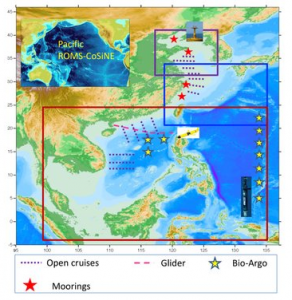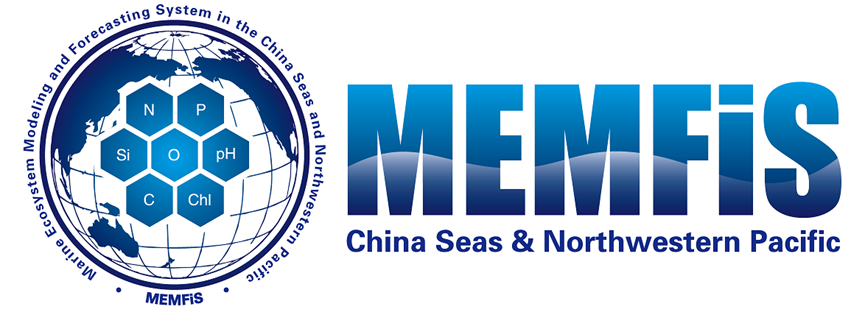Summary of the project
China´s coastal regions are under increasing pressure from both climate change and intensive human activity. The ecology of the coastal regions are particularly threatened by eutrophication, red tides and hypoxia events, etc. This raises the question of whether, and to what extent, ecological changes in coastal regions can be predicted, in order to preserve and retain their function and economic value.
Focusing on the ecology of the Bohai, Yellow, East and South China Seas, and the Northwestern Pacific, the MEMFis project aims to develop an integrated modelling and forecasting framework, using high-resolution physical-ecosystem models and data from multiple sources. By investigating ecosystem variability at different temporal and spatial scales, several key scientific questions will be tackled. Marine ecosystem variability will be addressed at the interface of different systems, parameterizations optimized for biogeochemical processes in different regions, data assimilation and ecosystem forecasting using multiple observations not only from moorings, buoys and ships, but also from bio-Argo, gliders and high-resolution satellite imagery.
More than 15 research institutes are involved in MEMFiS including the Second Institute of Oceanography, Tianjin University, the South China Sea Institute of Oceanology, and the National Marine Environmental Forecasting Center.
Area of study

Timetable
July 2016 – December 2020
Annual reports

Contacts




